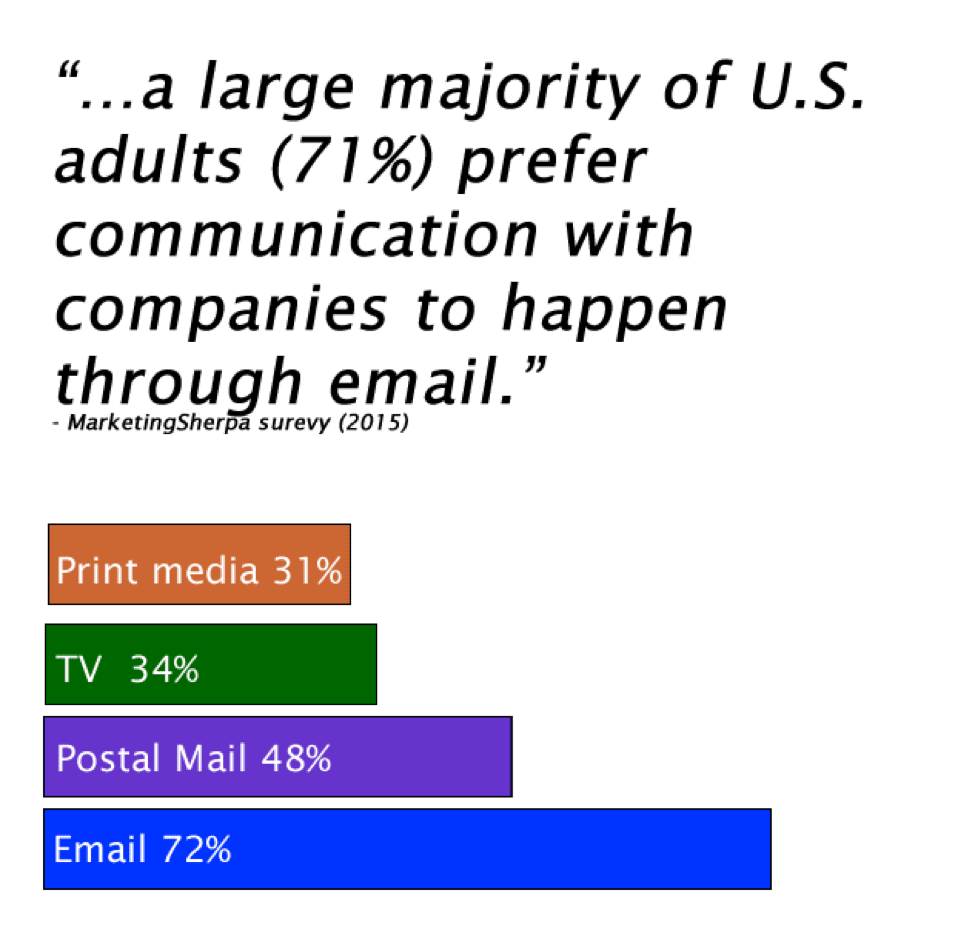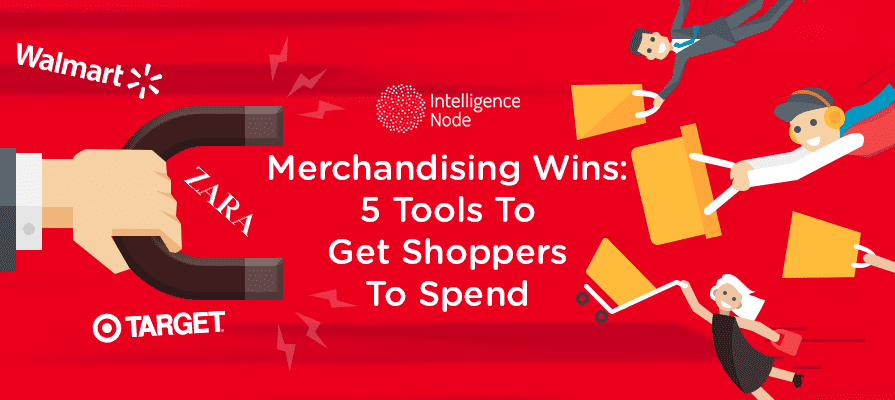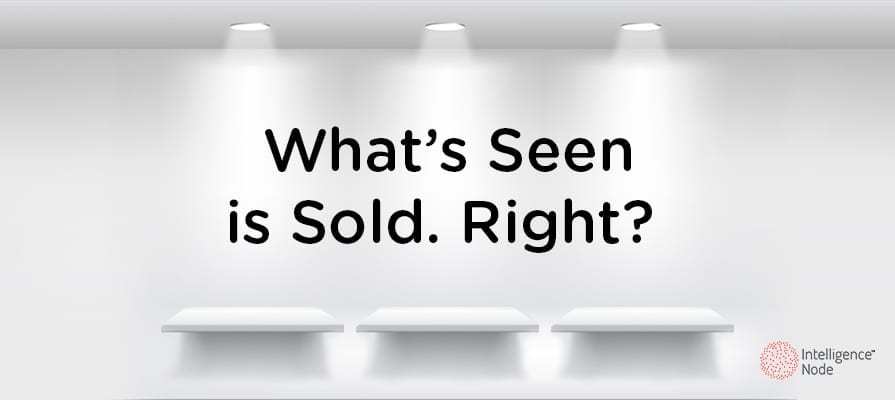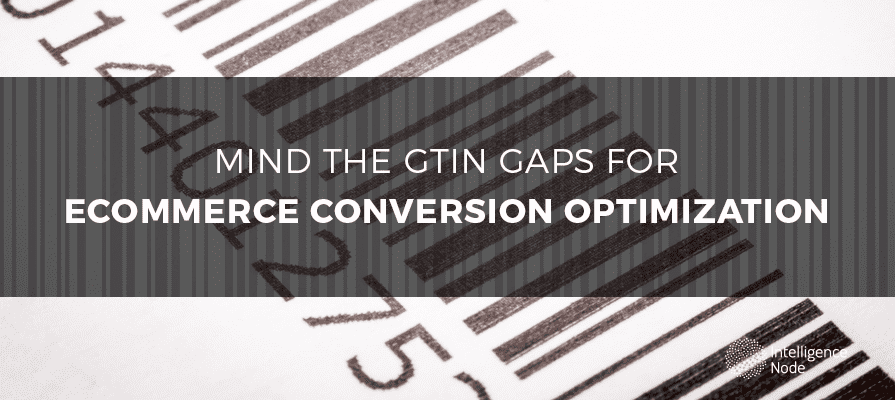Consumers are ravenous for a great shopping experience and proven practices can help retailers add sizzle to their offerings. In fact, boosting sales per customer is easier than retail companies might expect. During these final weeks of 2017, retailers can boost “share of wallet” by appealing to consumers’ needs, emotions and senses.
Here are five ways to maximize your retail sales across channels.
-
Emails work better than you think
Why wait for shoppers to come to you, when you can go to them? Email marketing campaigns give retailers a powerful, direct and personalized way to engage their audience.

What’s better, consumers actually prefer to receive emails from companies – more than any other form of communication. While it sounds counter-intuitive, a MarketingSherpa study found 71% of American adults prefer to communicate with companies via email. That exceeds social media, text messages and phone calls combined.
Email’s prevalence and popularity also gives retailers the opportunity to meet consumers where they already spend their time. At any given moment, more people are logged in on email than social media. Adobe reports we are spending 17% more time in our inboxes compared to last year.
Targeted email campaigns can solve common omnichannel pain points. Consider Amazon’s emails alerting shoppers to timely sales, such as “Save up to 54% today!” and “Save $5 on Whole Foods Market products.” Amazon also gently reminds consumers their abandoned cart items and recommends products according to recent browsing and buying patterns.
For your eCommerce site, use your consumer data insights to send targeted email campaigns. Email can enage and retain your customers, and influence them to keep coming back to buy more.
-
Navigation is a science
A thoughtful, well-designed route to checkout, including effective in-store and online layouts, can maximize impulse buys. For instance, tucking away essentials and utility buys amidst impulse buys is a classic trick retailers often use.
Can your website architecture mimic this approach? Using strategic balance, design the shopper’s journey by sprinkling in enough deals and product highlights to entice them to buy. Also refrain from offering too many options. Excessive promotions can annoy shoppers, driving them to abandon their carts, which is easier to do online than in stores.

Retail store experts study how we walk around and grab products, then design the store layout to spark sales. Constant layout changes can also pleasantly baffle shoppers into noticing new merchandise. Since our youth, we have been conditioned to derive joy from receiving new things.That’s why shoppers often savor the surprise and delight of discovering what’s “new and “now.” We even share our novel treasures with our Instagram and Facebook friends.
To drive excitement, Target is investing in store improvements over the next three years to create a fresh new look. Changes include curved center aisles for greater visibility and two entrances for easier access. Bold window displays also add immediate emotional impact to boost buying behavior.
On your eCommerce site, how can you use navigation to entice shoppers without overwhelming them as the browse for products?
-
Trials and Demos: Not-so-free samples
Freebies are the best ads and salespeople for your product, consistently boasting effective response rates. By giving customers free trial packs, the retailer or brand demonstrates their confidence in the product’s quality and performance. Sampling also reminds the customer that the power of decision lies with them, and they can feel assured the product is tried and tested.

The priniciple of reciprocity is at play here. When customers receives something for free, they feel compelled to give back (buy buying merchandise) to bring balance to the relationship. Shoppers even “feel a level of social ‘pressure’ to make a post-sample purchase.”
That’s why Costco is committed to free food sample and Starbucks’ offers free beverage samples. Yet successful sampling goes beyond edibles and packaged grocery. Beauty and personal care items work too. Samples of swanky Orogold Cosmetics moisturizer prompts shoppers to try it in the hopes they invest in a full container.
Companies aren’t giving samples away for altruism – it’s full-on capitalism, as there’s a direct link between samples and sales. Despite the cost of giving items away for free, sampling pays off. Retailers have boosted sales by as much as 2,000% by initiating low-risk product trial to earn consumer confidence.
When a shopper places an online order, could your company throw in free samples to promote trial and brand trust?
-
Check-out Aisles
Let’s be real: One of the most dreaded parts of a shopper’s in-store journey is the time-sucking checkout line. Yet this point-of-sale experience represents a lucrative opportunity for retailers to invigorate bored shoppers. Showcasing a rainbow of attractive travel packs, accessories and single-use products awakens their senses as they wait.
To spark spontaneous purchasing, retailers have strategically placed affordable items along the checkout lanes since the 1950s. It’s an effective practice, too. A.T. Kearney found 40% of shoppers spend more money than they had planned to spend in store.
Distracting in-store customers with impulse products works best with a single serpentine line. (Multiple lines for multiple registers are less effective). That’s because retailers can create more shelf space for diverse impulse products, which every customer sees.
On your eCommerce site, can you make the checkout process helpful and alluring. For instance, can you add colorful reminders of affordable impulse purchases?
-
When it comes to delivery, “free” is the magic word
Ideally, fast and free is where it’s at in eCommerce. Setting a minimum spending threshold for free delivery can work wonders for online retail. So can incremental spends tied to expedited shipping.
One report found 93% of survey respondents said free shipping encouraged them to buy more online. Another study found a 48% increase in new customer acquisition with a select free shipping offer.
Consumers now expect free shipping, which has evolved into a competitive necessity for online retailers. Forbes recently declared that “for all retailers, the future is fast, free shipping.” Shipping fees can act as obstacles on the path to purchase. Removing such costs can make the transaction much more desirable to increasingly savvy shoppers.
In eCommerce, companies must now “pay to play,” so incurring delivery expenses is now a common cost of doing business. Can your website get in the game by offering the free delivery consumers now expect?
Ultimately, simple solutions lie within retailers’ grasp to increase revenue by improving the customer experience, both in-store and online. Use emails, navigation tactics, sampling, checkout opportunities and free delivery. These tactics will add sizzle to your offerings and keep customers hungry for more.
We can help you with our Trending Module, you will feel certain, confident and clear about what shoppers want. Informative big data insights show you emerging retail trends and patterns so you adjust to consumer preferences. Get a free assessment!
[wpforms id=”3101″]




